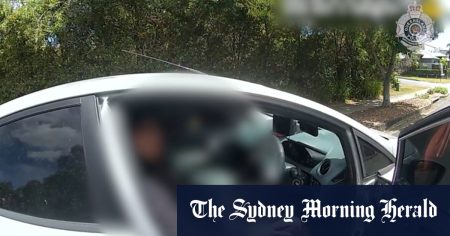Docklands, once touted as Melbourne’s vibrant waterfront suburb, has been criticized for being a lifeless concrete jungle. The suburb, located just a short distance from the city center, has faced criticism for its lack of vibrancy and amenities. The area was developed in the 1990s and early 2000s as part of a broader urban renewal project, but has failed to live up to its potential. Despite its waterfront location and close proximity to the city, Docklands has struggled to attract residents and visitors, leading to a lack of activity and vibrancy in the area.
One of the key issues facing Docklands is its lack of diversity in terms of development. The area is dominated by large commercial buildings and office towers, with a limited amount of residential and retail space. This has resulted in a lack of community and cultural amenities, as well as a lack of diversity in the types of people living and working in the area. The monotony of the architecture and lack of green space has also been cited as a contributing factor to the suburb’s perceived lifelessness.
Another factor that has contributed to Docklands’ problems is its lack of a cohesive urban design and planning strategy. The suburb was developed in a piecemeal fashion by multiple developers, leading to a disjointed and inconsistent urban environment. This has resulted in a lack of connectivity between different parts of the area, as well as a lack of public spaces and amenities that would encourage social interaction and community engagement. The lack of a clear vision for the suburb’s development has also made it difficult for residents, businesses, and visitors to feel connected to the area.
Despite its challenges, there are opportunities to revitalize Docklands and transform it into a vibrant and thriving suburb. One potential solution is to increase the amount of mixed-use development in the area, which would create a more diverse and dynamic urban environment. This could include a mix of residential, commercial, retail, and cultural spaces, as well as green spaces and public amenities. By creating a more balanced mix of uses, Docklands could attract a wider range of residents and visitors, leading to increased activity and vibrancy in the area.
Another potential solution is to improve the connectivity and accessibility of Docklands, both within the suburb and with the surrounding areas. This could involve creating better pedestrian and cycling connections, as well as improving public transport options to make it easier for people to access the area. Better urban design and planning could also help to create a more cohesive and functional urban environment, with a focus on creating public spaces and amenities that encourage social interaction and community engagement. By creating a more connected and accessible suburb, Docklands could become a more attractive and welcoming place for residents, businesses, and visitors.
In conclusion, Docklands has faced criticism for its perceived lack of vibrancy and amenities, but there are opportunities to revitalize the suburb and transform it into a vibrant and thriving hub. By increasing the amount of mixed-use development, improving connectivity and accessibility, and creating a cohesive urban design and planning strategy, Docklands could become a more attractive and dynamic place to live, work, and visit. With the right vision and investment, Docklands has the potential to become a vibrant waterfront suburb that celebrates its unique location and history.













